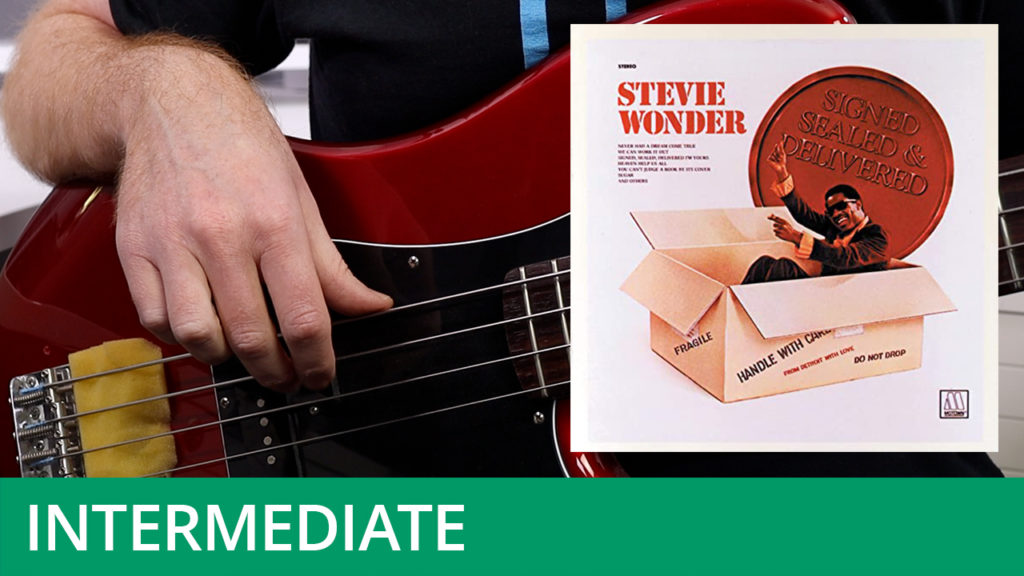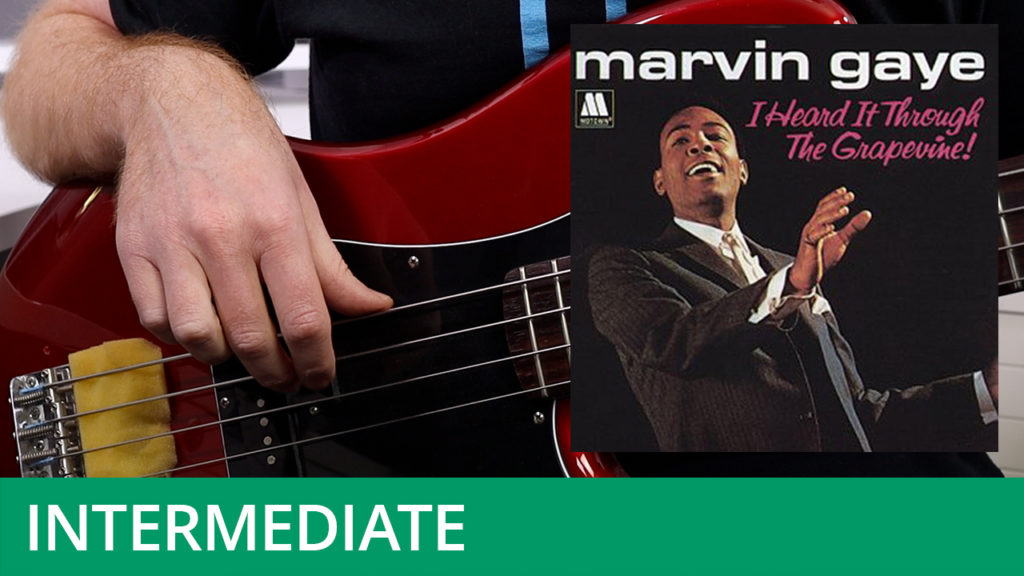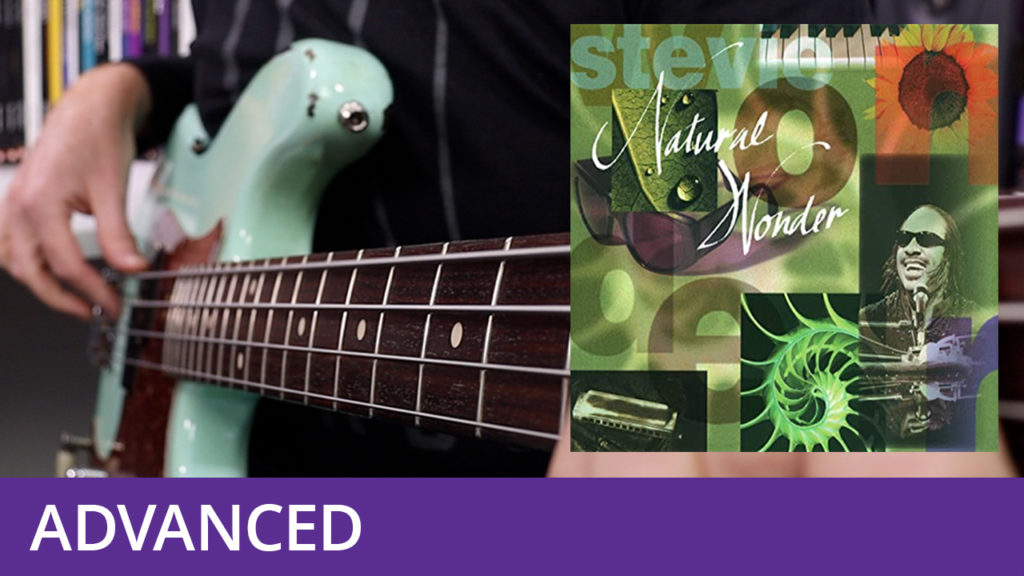Stevie Wonder ‘Sir Duke’
Course Duration: 43 Minutes | Difficulty Level: 5
‘Sir Duke’ is one of Stevie Wonder’s biggest hits and was recorded for his 1976 double album Songs in the Key of Life. The song was written as a tribute to jazz musician Duke Ellington, although the lyrics also contain references to Count Basie, Glenn Miller, Louis Armstrong and Ella Fitzgerald.
The bassline for this song was recorded by Stevie Wonder’s long-term bassist Nathan Watts, who still tours with him to this day. Although Nathan likely recorded the song in his favoured tuning of Eb-Ab-Db-Gb, the line does not depend on open strings and therefore works equally well in standard tuning. It sounds as though Nathan used a Fender Precision bass on the original recording, so using a similar instrument will get you close to his recorded tone.
To download the transcription (with TAB and without), please visit the Free Stuff page.




